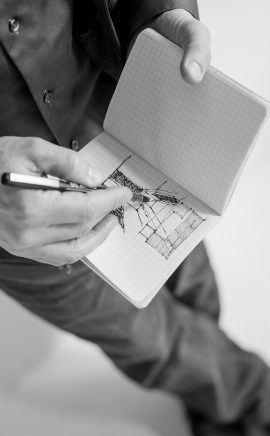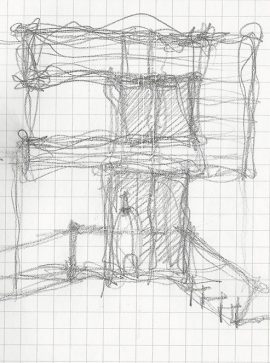philosophy
philosophy

We believe that design matters. Therefore, three ideas guide our process…
we must understand before we can act. We believe that each site and every project is unique, and it is our aim to explore the opportunities available and reveal the full potential inherent in each one. These goals are not necessarily conspicuous but are achieved by a thoughtful and thorough design process. This attitude shows our respect and accountability towards our client’s project and the built environment. During our process, we measure our analysis against the available resources and project constraints, allowing the initial problem to evolve or be redefined. Once we understand the actual problem’s nature, we may respond appropriately.
we test in order to measure. We consider design as a process of pondering and pursuing as well as creation and discovery, meaning that some aspects of design are a direct synthetic, creative process extending from the analysis. Throughout this process, by looking at alternative responses, the designer is led to uncover elements or discover what the context of the site or the program conveys as being essential. The intersection of these two investigations can lead to the pleasantly unexpected. We believe context is understood by identifying the essence of the project site, the program, topography, climate, and the nature of the nearby built environment. Budgets, client tastes, goals, and governing agencies also contribute to this context. All of these aspects inform our design process.
we believe the conceptual must respect the concrete. We hold high regard for the art of construction and seek to comprehend the nuances of the individual trades and the craft of building. As we understand the nature of the materials that form our design, it ignites our creative approach. In addition, it is our opinion that the best architectural responses contain a careful integration of the building systems that serve the space by weaving them into the fabric, making them a constituent. While meeting the technical demands of the building is essential, maximizing the spatial quality of the structure need not be sacrificed. Lastly, this respect must extend from the building to the surrounding community. Design concepts must respect the reality (concrete) of the current crisis to address energy use, air quality, water management, and building longevity. Real things guide imagination.






